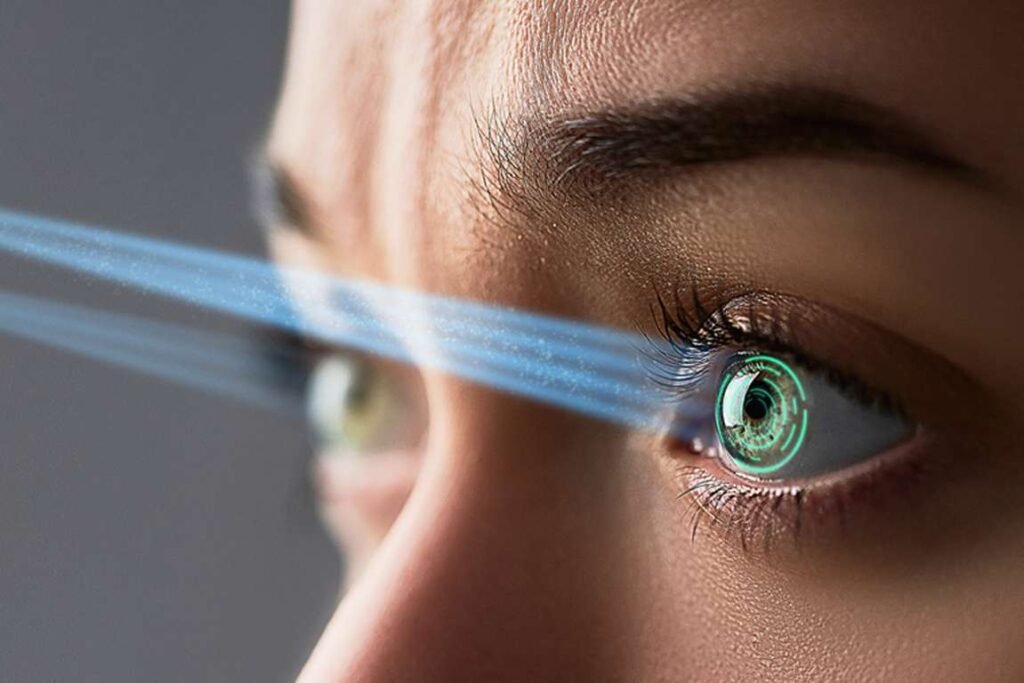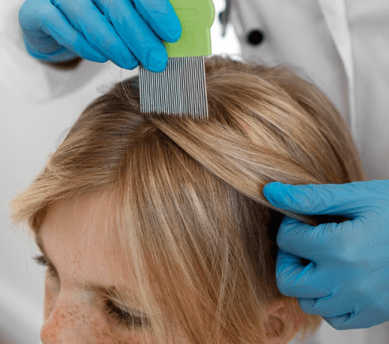Implantable Contact Lens (ICL) surgery is a popular and effective vision correction procedure, especially for people with moderate to high myopia. Like any eye surgery, it comes with a recovery period — and during this time, you may experience a few side effects.
But what’s normal, and what might be a warning sign?
In this article, we’ll walk you through the common, temporary side effects after ICL surgery, the rare but serious symptoms to watch for, and when you should contact your eye doctor.
✅ Common (and Normal) Side Effects After ICL Surgery
Most patients experience some degree of mild discomfort or visual fluctuation in the first few days to weeks after surgery. These effects are expected and typically go away as the eyes heal.
👁️ 1. Mild Blurry Vision
- Normal in the first 24–48 hours
- Vision often improves quickly, but some minor fluctuation may continue for a few days
- Your brain and eyes are adjusting to the new lens
💡 2. Halos or Glare (Especially at Night)
- You might notice rings or halos around lights at night, especially during the first few weeks
- Usually temporary as your eyes adapt
- Newer ICL models (like EVO Visian ICL) reduce this effect
😴 3. Dry Eye or Foreign Body Sensation
- Mild dryness or the feeling of “something in your eye” is common early on
- Can be managed with lubricating drops recommended by your surgeon
- Improves as healing progresses
🔺 4. Redness or Mild Irritation
- Red or bloodshot eyes after surgery are common due to the tiny incision and light pressure during the procedure
- Typically resolves in a few days
🌫️ 5. Light Sensitivity
- Your eyes may be more sensitive to sunlight or bright indoor lighting
- Wearing sunglasses during the day can help
- This usually resolves within a few days to a week
⚠️ Uncommon or Concerning Side Effects: When to Call Your Doctor
While complications are rare with ICL surgery, it’s important to know the signs that something may not be right. If you notice any of the following symptoms, contact your eye doctor immediately:
❌ 1. Severe or Worsening Eye Pain
- Mild discomfort is normal, but persistent or sharp pain could indicate infection or increased eye pressure
❌ 2. Sudden Vision Loss or Extreme Blurriness
- If your vision worsens instead of improving, it may be a sign of elevated intraocular pressure, lens malposition, or other issues
❌ 3. Flashes, Floaters, or Curtain-Like Shadows
- These may signal a retinal detachment, especially in highly nearsighted patients
- This is a medical emergency and should be addressed immediately
❌ 4. Persistent Halos or Starbursts Beyond 3 Months
- If halos or glare do not improve over time, it may indicate a lens alignment issue or the need for a follow-up correction
❌ 5. Signs of Infection (Endophthalmitis)
- Symptoms include intense eye pain, swelling, light sensitivity, and pus-like discharge
- Though extremely rare, this requires urgent antibiotic treatment
⏳ Timeline of Recovery: What to Expect
| Time After Surgery | What’s Normal | What’s Not |
|---|---|---|
| First 24–48 hours | Blurry vision, light sensitivity, mild irritation | Severe pain, sudden vision loss |
| 1–2 weeks | Halos, glare, mild dryness, improved visual clarity | Persistent redness or worsening symptoms |
| 1–3 months | Stabilized vision, clearer night vision | Floaters, flashes, or lasting glare issues |
💡 Tips to Minimize Side Effects and Promote Healing
- Use prescribed eye drops (antibiotics, steroids) as directed
- Avoid rubbing your eyes
- Refrain from swimming, heavy lifting, or intense physical activity for at least 1–2 weeks
- Wear UV-protective sunglasses outdoors
- Follow all post-op instructions and attend your follow-up appointments
🧘♂️ The Bottom Line: Most Side Effects Are Mild and Temporary
ICL surgery is generally well-tolerated with a very low risk of serious complications. Most side effects are mild, expected, and go away within a few days to a few weeks. Still, it’s crucial to know what to watch out for so you can protect your vision.
If something feels off or you’re unsure, don’t hesitate to contact your eye surgeon.
Prompt attention ensures the best outcome and peace of mind.




